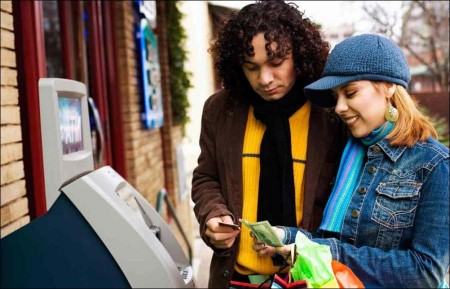Gas station payment terminals have many characteristics fraudsters love.
Would you give a thief direct access to your checking account? No? Unfortunately, you may be doing just that by regularly using your debit card. Debit cards may look identical to credit cards, but there’s one key difference. With credit cards, users who spot fraudulent charges on their bill can simply decline the charges and not pay the bill. On the other hand, debit cards draw money directly from your checking account, rather than from an intermediary such as a credit card company.
Because of that, even clear-cut cases of fraud where victims are protected from liability by consumer protection laws can cause significant hardship, says Frank Abagnale, a secure-document consultant in Washington, D.C.
He cites the example of the The TJX Companies Inc.’s T.J. Maxx data breach that exposed the payment information of thousands of customers in 2007. The incident resulted in $150 million in fraud losses, and much of it was pulled directly from customers’ bank accounts. While credit card users got their accounts straightened out and new cards in the mail within a few days, the case created major problems for debit card holders who waited an average of two to three months to get reimbursed, Abagnale says.
While debit card fraud is always a possibility, being careful where you use it can help keep your checking account balance out of the hands of criminals.
Views: 2607



